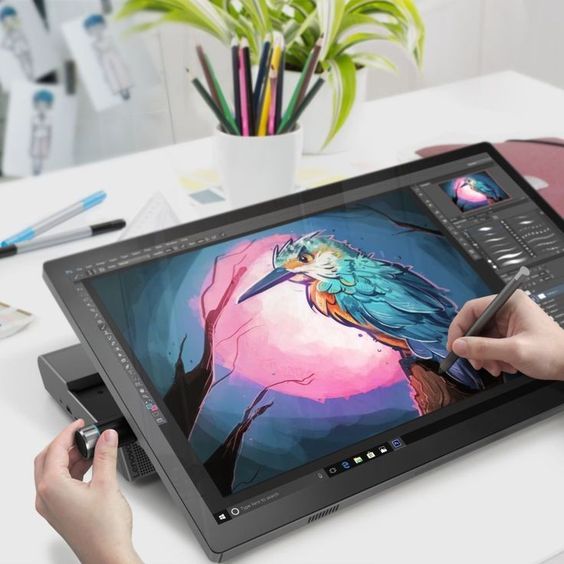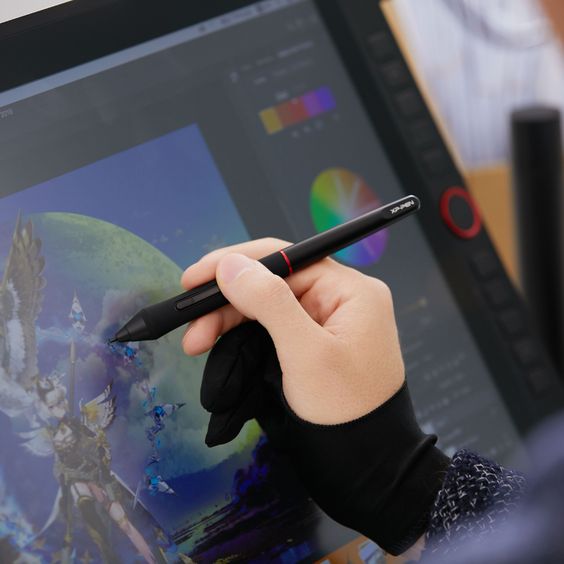What is digital art?
Digital painting is an art form that involves creating artwork digitally using computer software and hardware. Unlike traditional painting methods that use physical mediums such as oils, acrylics, or watercolors, digital painting utilizes digital tools to mimic the effects of these traditional mediums. Here are some key aspects and stages of digital painting:
Digital painting begins with selecting the appropriate software and hardware. Artists use graphic tablets, styluses, and software programs such as Adobe Photoshop, Corel Painter, or Procreate. These tools provide a range of brushes, colors, and effects that simulate traditional painting techniques.The next step is sketching the initial concept.

Artists often start with a rough sketch to outline the composition and basic forms. This stage allows for easy adjustments and experimentation, as digital tools offer the flexibility to modify or undo changes without damaging the artwork.Following the sketch, artists add colors and shading. Digital painting allows for layering, where artists can work on different elements of the artwork on separate layers. This makes it easier to adjust colors, lighting, and details without affecting the entire composition.Blending and texturing are essential parts of digital painting. Artists use various brushes and tools to blend colors seamlessly and add texture to their work. Digital tools can replicate the appearance of different textures, such as rough canvas or smooth paper, enhancing the realism of the artwork.Detailing is another critical stage

Artists focus on adding fine details, highlights, and shadows to bring depth and dimension to the painting. Digital tools enable precision and control, allowing artists to achieve intricate details that might be challenging with traditional mediums։One of the significant advantages of digital painting is the ability to easily edit and refine the artwork. Artists can experiment with different styles, colors, and compositions without the risk of ruining the piece. This flexibility encourages creativity and innovation.Finally, digital paintings can be easily shared and distributed. Artists can export their work in various formats and resolutions, making it suitable for printing, online sharing, or incorporating into other digital projects. This accessibility broadens the reach of digital art and allows artists to connect with a global audience.Digital painting combines creativity, technical skill, and modern technology, offering artists new possibilities for expression and innovation. It is a dynamic and evolving field that continues to expand the boundaries of traditional art forms.Digital painting is an art form that involves creating artwork digitally using computer software and hardware. Unlike traditional painting methods that use physical mediums such as oils, acrylics, or watercolors, digital painting utilizes digital tools to mimic the effects of these traditional mediums. Here are some key aspects and stages of digital painting:Digital painting begins with selecting the appropriate software and hardware. Artists use graphic tablets, styluses, and software programs such as Adobe Photoshop, Corel Painter, or Procreate. These tools provide a range of brushes, colors, and effects that simulate traditional painting techniques.
